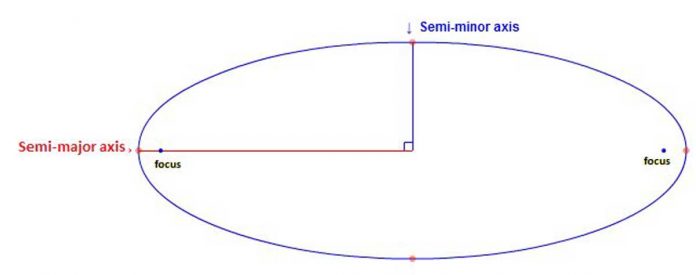It’s nice to have a feel-good story every now and then, so here’s one to keep the existential dread at bay: the Earth won’t be flung off into deep space for at least 100,000 years. In fact, all of the planets in the solar system are safe for that time period, so there is good news for you and your favourite planetary body.
Perhaps it’s time to take a step back. The chances of Earth or any other planet being knocked out of orbit are always remote. According to Newtonian physics, an object in motion remains in motion unless acted upon by another force—and it would take a significant force to knock a planet off course. However, there have been instances of planetary reshuffling in the solar system’s history. The Nice model, one of the most widely accepted models of solar system formation, describes how the outer planets migrated early in the solar system’s history, wreaking havoc on the inner rocky worlds and possibly displacing or even swallowing smaller proto-planets in the process.
However, researchers have done the math and determined that such a migration is unlikely within the next 100,000 years. Angel Zhivkov and Ivaylo Tounchev of Sofia University’s Department of Mathematics and Informatics used computer calculations to determine that the planets are likely to remain stable. Their eccentricities (the amount by which their orbit differs from a circular orbit) will remain small, as will their inclination (how far above or below the plane of the solar system they travel). Similarly, none of the planets’ semi-major axes (the radius of the longest part of an elliptical orbit) will change significantly.
Pluto, the downgraded dwarf planet, was also included in this study, and Pluto fans will be relieved to know that it, too, is likely to do little more than oscillate a little over the next 100,000 years.
So, what happens after a million years? The further back in time you go, the more difficult predictions become, because the real universe is always a little chaotic, but Zhivkov and Tounchev believe that “the Theorem could be proven for one million years with simple additional reasonings and evaluations.” There’s also no chance of trouble during that time period. If you’re really concerned, all it would take is some extra computing power beyond what the researchers had access to, and “the stability of the solar system could be proven for the next five billion years,” they say.
Of course, the model is not flawless. It does not account for relativistic effects, and the math assumes that the planets are point masses, which they are not in reality. The millions of smaller bodies in the solar system, including asteroids, comets, and everything in between, are perhaps the most obvious omission from the calculation. The gravitational effects of these objects are negligible on their own, but as a group, they could certainly jiggle the planets around over billions of years. Including them all in the model would be a massive undertaking with diminishing returns. It’s not something you should think about late at night. Take a deep breath, Earthlings, Martians, and Jovians, and enjoy the ride. The next 100,000 years will be smooth sailing around the Sun.

